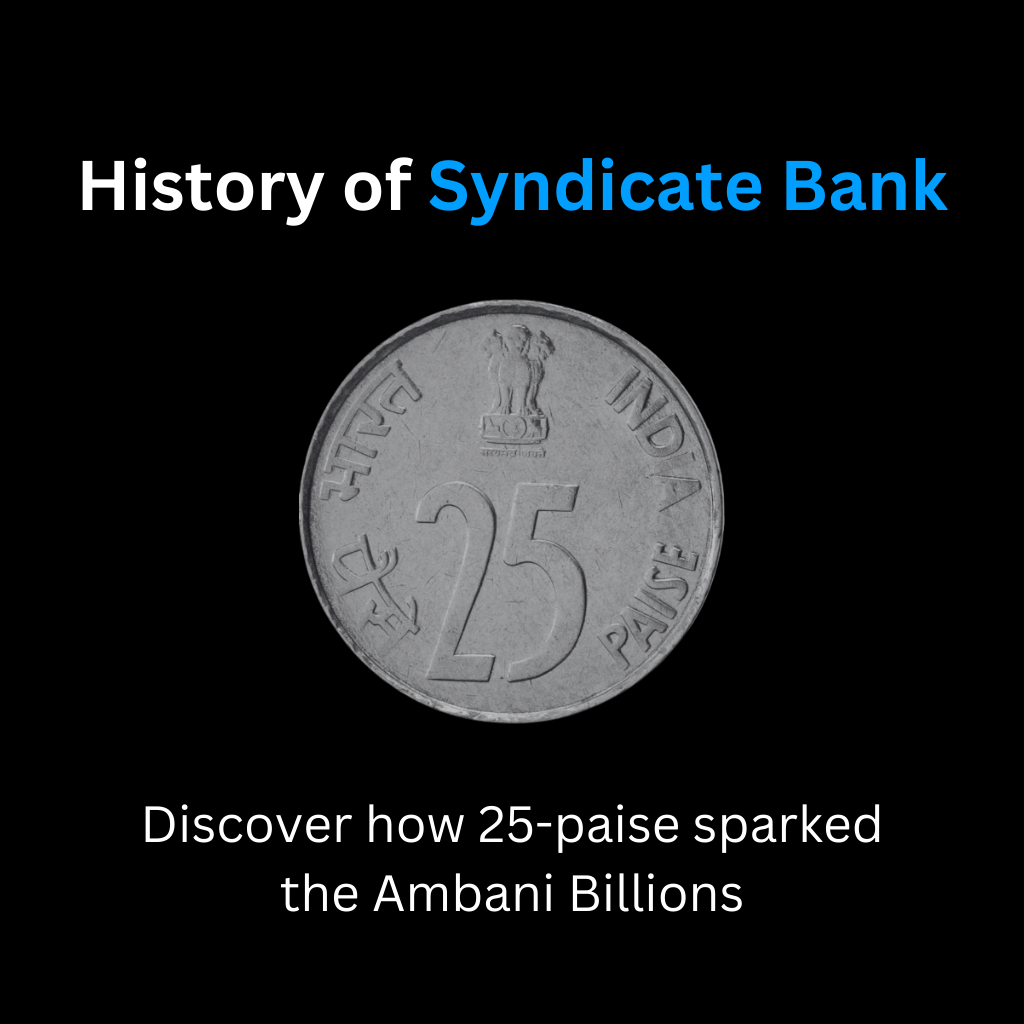We often revere the ideals enshrined in our constitutional preamble - Justice, Equality, Liberty and Fraternity. Yet, it's the quiet, unseen acts of courage and compassion that truly pave the way for their realization.
This is one such unknown tale, rooted in rural India in a small fishing village of Malpe. It stands testament to the fact that, when you support and encourage the growth of a visionary, the whole community prospers.
It all started with a young Dr Pai struggling to make a living in the small, fishing town of Malpe. Tonse Madhava Ananth Pai returned to his home town post completion of his medical studies in Bangalore. While his dream was to make money in Japan, he stayed back on his mother’s insistence to serve his own people.
The inability to grow financially and intellectually soon got to Dr Pai. People in the village visited him with common ailments like colds, fevers, or indigestion. He was empathetic to the long-term well-being of his patients but didn’t think of it as a social service. The turning point came when Pai realized that the village's poverty was hindering his ability to provide advanced care and in effect earn a better living.
Determined to break this cycle, he focused on the mothers of the community who invariably accompanied ailing children. In a society where men dominated the fishing industry, Pai recognized the responsibility of the managing household, and balancing finances was left to the women. He urged them to save privately.
Doubling up as a doctor and a quasi-banker, Pai had a deep understanding of their needs and challenges. He got them started by collecting a mere 25 paise from what was left post expenses. What was later popularized as the Pigmy Deposit scheme, this 25 paise deposit scheme became the bedrock of the Indian banking system.
Pai meticulously recorded transactions in two notebooks — one kept by him and the other with the women — slowly accumulating savings and changing the fortunes of Malpe. Within a few months, Pai was able to collect around 1000 rupees (equivalent to present-day hundred lakhs).
With newfound savings, Pai addressed the village's well-being. Pai urged mothers to give their malnourished children a glass of milk every day. He proposed an audacious idea — purchasing cows for every household.
He was faced with mockery for proposing the purchase of a cow when they could ill afford a glass of milk. Pai undeterred, patiently explained that they only needed to retain a glass of milk; the surplus, he promised to purchase. This soon resulted in a village flourishing with cows and led to the birth of a milk cooperative to manage the excess milk.
As the cooperative grew, Pai realized the need for a financial institution to support its operations and to provide loans to farmers. Along with Upendra Ananth Pai and Vaman Srinivas Kudva, he started a bank called Canara Industrial and Banking Syndicate Ltd in Manipal, in 1925. The bank wasn't just an institution; it became a cornerstone for community development. Pai started weavers' cooperatives and began schools, colleges, and institutions for engineering and medicine.
Renamed the Syndicate Bank during its nationalisation, the bank formalized the Pigmy Deposit Scheme in 1928. Banking agents travelled to the doorstep of farmers and shopkeepers at set intervals to collect deposits. Designed by Dr Pai, the “Pigmy deposit scheme" became the country’s first step towards small-scale savings, which was later replicated by India Post in its saving scheme and a few other banks.
In fact, this Manipal-based Bank was the one that financed Dhirubhai Ambani to start his business in India. It is not a surprise that Syndicate Bank was made the lead banker to the issue when RIL went public.
The bank became large enough to become one of the 12 largest banks in India. Later, it was nationalised in 1969 with 13 other major banks. Syndicate Bank was merged with the anchor Canara Bank on 1st April 2020.
This story of the late Dr. Tonse Pai is not confined to the pages of history; it's a living, evolving narrative. Today, new entrepreneurs find support in community-led microfinance initiatives. Young women, empowered by financial independence, pursue higher education, paving the way for future generations
This is not just the story of a village; it's a blueprint for change, a testament to the fact that even the smallest acts of kindness can trigger a ripple effect of empowerment, rewriting the future, one community at a time.
References
- https://www.rbi.org.in/Scripts/BS_PressReleaseDisplay.aspx?prid=49591
- https://www.moneycontrol.com/news/business/economy/the-little-known-story-of-once-private-syndicate-bank-which-started-with-a-25-paise-deposit-4422221.html
- https://www.livemint.com/Companies/uGbtNgT2rsuI4X3DTjhJiN/The-Pais-of-Manipal--from-village-to-overseas-education.html
- https://economictimes.indiatimes.com/small-biz/money/from-udupi-tma-pais-syndicate-bank-empowered-local-entrepreneurs-with-l-commerce-digital-finance-can-now-magnify-it-across-india/articleshow/79833799.cms?from=mdr
- https://www.livemint.com/news/india/a-saga-ends-in-india-s-cradle-of-banking-1568306728170.html
- https://en.wikipedia.org/wiki/Syndicate_Bank
- https://www.iloveindia.com/finance/bank/nationalised-banks/syndicate-bank.html
- https://asiaconverge.com/2019/09/requeim-for-syndicate-bank/
